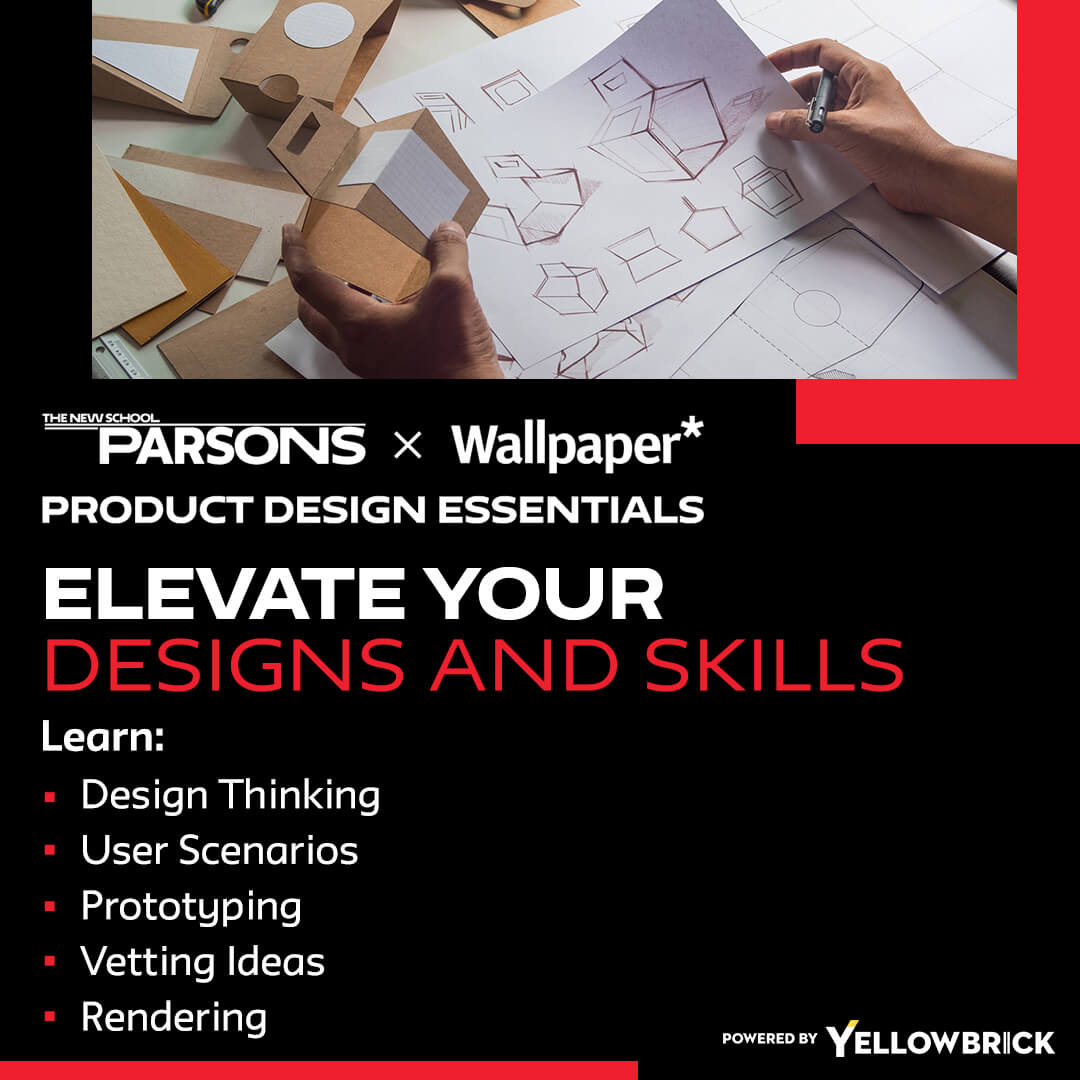Showcase Your Best Work
Select a range of projects that highlight your strengths as a product designer. Include a mix of projects that demonstrate your skills in ideation, sketching, prototyping, and user testing. Choose projects that showcase your versatility and ability to solve diverse design challenges.
Tell a Story
Each project in your portfolio should tell a cohesive and compelling story. Walk the viewer through your design process, from initial research and ideation to final implementation. Explain the problem you were trying to solve, the design decisions you made, and how your solution addresses user needs.
Highlight Your Process
Employers are not only interested in the final product but also in your design process. Include sketches, wireframes, prototypes, and user testing results to demonstrate how you iterated on your designs based on feedback. Showcase your ability to think critically, iterate quickly, and incorporate user feedback into your designs.
Focus on User-Centered Design
Emphasize your commitment to user-centered design by showcasing projects where user needs were at the forefront of your design process. Explain how you conducted user research, identified user pain points, and designed solutions that enhance the user experience.
Demonstrate Technical Skills
Showcase your technical skills by including high-fidelity prototypes, CAD models, or animations that demonstrate your proficiency with design tools and software. Highlight any unique skills or techniques that set you apart from other designers.
Keep It Visual and Engaging
Design your portfolio in a visually appealing and easy-to-navigate format. Use high-quality images, videos, and interactive elements to showcase your work effectively. Consider creating case studies for each project that provide a detailed overview of your design process.
Tailor Your Portfolio to Your Audience
Customize your portfolio to align with the types of roles or companies you are targeting. If you are interested in UX design roles, focus on projects that highlight your user research and interaction design skills. For industrial design roles, showcase projects that emphasize your sketching and prototyping abilities.
Include Testimonials or Recommendations
If you have received positive feedback from clients, colleagues, or professors, consider including testimonials or recommendations in your portfolio. Positive endorsements can validate your skills and professionalism to potential employers.
Update Regularly
Keep your portfolio up to date with your latest projects and experiences. As you gain new skills, complete new projects, or receive accolades, make sure to add them to your portfolio to reflect your growth as a designer.
Seek Feedback
Before finalizing your portfolio, seek feedback from mentors, peers, or industry professionals. Constructive feedback can help you identify areas for improvement and ensure that your portfolio effectively communicates your strengths as a designer.
Conclusion
By following these tips and guidelines, you can create a product design portfolio that not only showcases your skills and creativity but also sets you apart in a competitive job market. A well-crafted portfolio can be the key to landing your dream job or securing exciting design projects that propel your career to new heights.
Key Takeaways:
- Showcase your best work and highlight your design process to tell a compelling story in your portfolio.
- Focus on user-centered design, demonstrate technical skills, and keep your portfolio visually engaging.
- Tailor your portfolio to your target audience, include testimonials, and regularly update it to reflect your growth.
- Seek feedback to refine your portfolio and stand out in the competitive field of product design.
Consider enhancing your product design skills further by enrolling in the Parsons Product Design Essentials online course and certificate program offered by Yellowbrick. This program can provide you with valuable insights and knowledge to elevate your portfolio and advance your career in product design.








